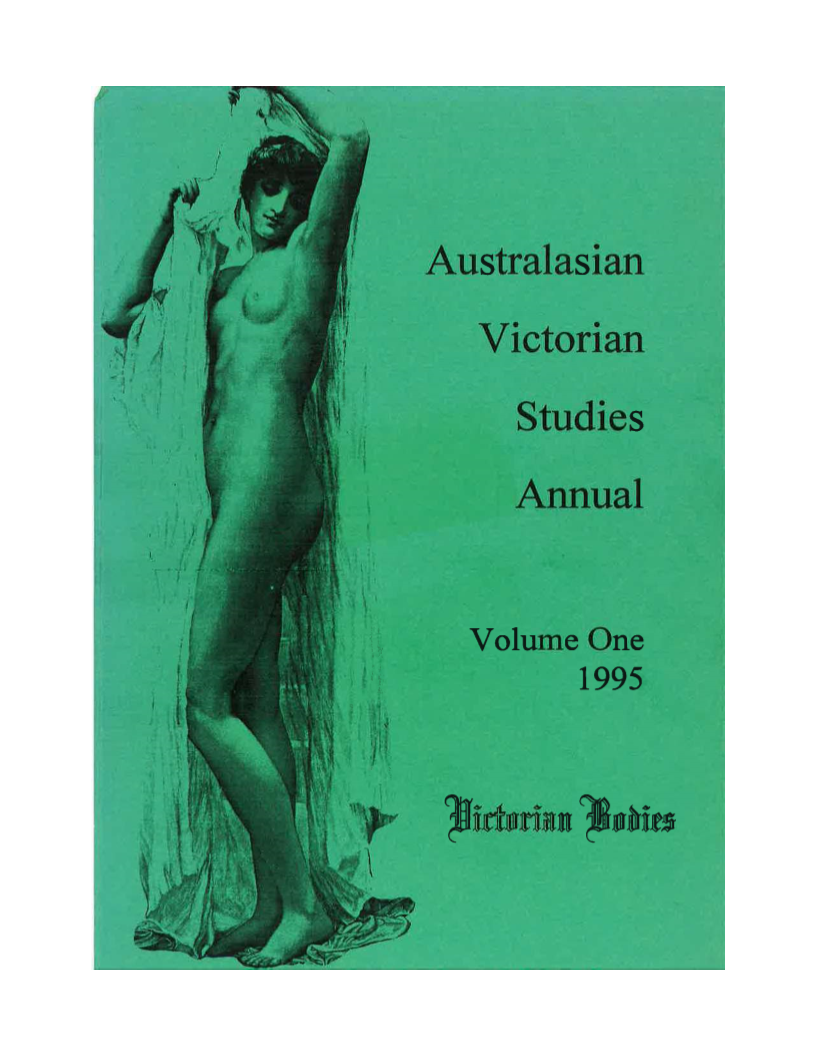The Lure of the Mummy: Science, Séances and Egyptian Tales in Fin-de-Siècle England
Keywords:
literature, victorian, egypt, Bram Stoker, The Jewel of Seven Stars, folk-lore, sprititualism, Dracula, J.W. Brodie-InnesAbstract
References
Basham, Diana. The Trial of Woman: Feminism and the Occult Sciences in Victorian Literature and Society. London: Macmillan, 1992.
Blinderman, Charles S. “Vampurella: Darwin and Count Dracula.” Massachusetts Review 21 (1980): 411-28.
Brodie-Innes, J.W. Letter to Bram Stoker, 29 November 1903, Brotherton Collection, University of Leeds.
Carlton, Eric. Ideology and Social Order. London: Routledge, 1977.
Crookes, William. “Radiant Matter.” British Association for the Advancement of Science Reports (1879): 167.
Farson, Daniel. The Man Who Wrote Dracula. London: Michael Joseph, 1975.
Frayling, Christopher. Vampyres: Lord Byron to Count Dracula. London: Faber, 1991.
Freud, Sigmund. “Medusa's Head.” Standard Edition 18: 273-4.
---. The Stanford Edition of the Complete Psychological Works. Ed. James Strachey. 23 vols. London: Hogarth, 1961.
Glover, David. “Bram Stoker and the Crisis of the Liberal Subject.” New Literary History 23 (1992): 983-1002.
Greenway, John L. "Seward's Folly: Dracula as a Critique of 'Normal Science."'
Stanford Literature Review 3 (1986): 213-30.
Hegel, G.W.F. Lectures on the Philosophy of World History. Introduction: Reason in History. Trans. H.B. Nisbet. 1837. Cambridge: Cambridge UP, 1975.
Howe, Ellic. The Magicians of the Golden Dawn: A Documentary History of a Magical Order 1887-1923. London: Routledge, 1972.
Jann, Rosemary. “Saved by Science? The Mixed Messages of Stoker's Dracula.” Texas Studies in Literature and Language 3 I (1989): 237-87.
Lant, Antonia. “The Curse of the Pharoah, or How Cinema Contracted Egyptomania.” October 59 (1992): 87-112.
Myers, Frederic W.H. “Multiplex Personality.” Proceedings of the Society for Psychical Research 4 (1886): 496-515.
Owen, Alex. “‘Like Jekyll and Hyde’: Subjectivity and Magical Practice in Fin-de- Siècle England.” Northwest Conference on British Studies. Vancouver, 16 October 1994.
Pick, Daniel. “‘Terrors of the Night’: Dracula and ‘Degeneration’ in the Late Nineteenth Century.” Critical Quarterly 30 (1988): 7l-87.
Roberts, Marie. British Poets and Secret Societies. London: Croom Helm, 1986.
Rose, Jacqueline. The Haunting of Sylvia Plath. London: Virago, 1991.
Stoker, Bram. Dracula. 1897. Harmondsworth: Penguin, 1979.
---. The Jewel of Seven Stars. 1903. New York: Harper, 1904.
--. The Man. London: Heinemann, 1905.
---. Lady Athlyne. New York: Reynolds, 1908.
---. “The Censorship of Fiction.” The Nineteenth Century and After 64 (1908): 479-87.
---. The Lady of the Shroud. London: Rider, 1909.
---. “The Censorship of Stage Plays.” The Nineteenth Century and After 66 (1909): 974-89.
Wingfield-Stratford, Esmé. The Victorian Aftermath 190I-1914. London: Routledge, 1933.
Wynne, Brian. “Physics and Psychics: Science, Symbolic Action" and Social Control in Late Victorian England.” Natural Order: Historical Studies of Scientific Culture. Ed. Barry Barnes and Steven Shapin. Beverly Hills: Sage, 1979.


